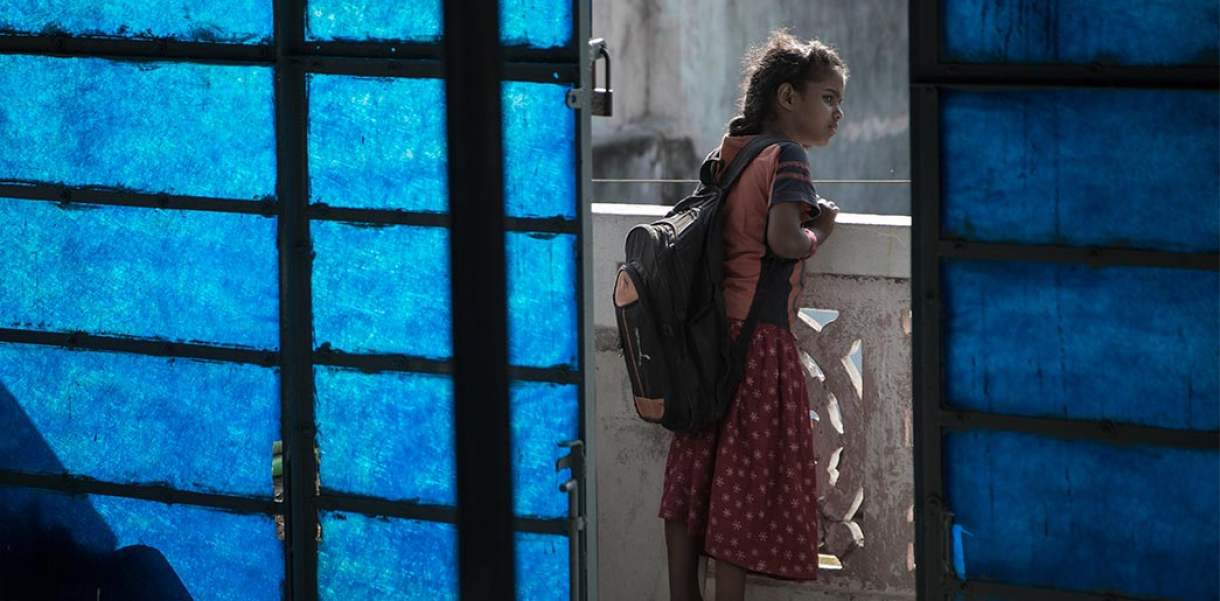Putting people first has been the mantra of human-centred design since the 1990s, long before many of us at Elsewhere were old enough to understand it. Now we completely subscribe to its values: It's essential to involve the human perspective in all steps of any problem-solving process.
Before Elsewhere began, we helped bring a human perspective to all types of businesses. Our overwhelming experience was that human-centred design is applied to a business at the product/service level, long after the business model has been defined. This can lead to a retrofitting situation where profit, growth and scale come first, and human-centred-ness is used to persuade people to spend and consume. People don't need growth and scale, particularly if it isn't sustainable. It leads to the overconsumption of the planet's resources and misplaced value in material items.
So what if you start with people? What if you apply human-centred design to business first? Allowing it to permeate through everything. We're certainly not the first ones to think this. The likes of Airbnb, IDEO, and Nordstrom are all well known for that, and it's amazing to see this progression. Numerous societal and environmental factors are pushing businesses towards what is best for people, making it essential to consider people alongside profit.
Even before COVID-19, there was a growing swell of opinion, particularly from younger generations, led by activist Greta Thunberg, that organisations need to do more to protect the environment. Alongside this, some organisations were responding, with already environmentally conscious brands such as Patagonia growing in popularity. Since COVID-19, there's been an uprising in demand for social care and consideration, from the abolishment of a migrant surcharge for NHS workers in the UK to the impactful BLM movement. It feels like there's a switch from talking to doing.
Technology as the vessel
We're not saying technology alone solves all, but having effortless access to the world's people and information in a distributed network is powerful. People who believe in making the world a better place can unite across borders like never before, as BLM showed. Additionally, technology enables new business models; meaning organisations can reach millions, each exchanging value with each other in new ways. Not to mention helping organisations to measure and communicate the impact they're making.
It inevitably comes with challenges; data privacy, information bubbles and cybersecurity. But even these can be seen as an opportunity. We are in a privileged position to learn from early adopter mistakes and make something better. People are, in fact, already learning from this and suggesting better ways.
This is where new companies have to take the mantle. They have the agility as well as the ability to design a business from the ground up, with people and their environment at the centre. They can build ethical data storage, content governance and ethical supply chains from the beginning without having to turn around the whole ship. Technology can be an enabler for profit that can go hand in hand with impactful change.
Impact is great, but it needs to be tangible
It feels like impact is everywhere; impact startups, impact measurement, SDG impact, impact investors, coffee with impact, impact commerce and more. The impact investment sector has doubled in 2 years, which is amazing. It's great that impact is a hot topic at the moment but, as with all hot topics, they begin to lose meaning.
We're in the process of becoming a B corp organisation, and we love the message of this movement. Enabling organisations to assess their impact tangibly and see steps to improve is invaluable. So as long as the meaning isn't forgotten, impact stands for something great. We particularly like the civil society definition, where it's used as part of the logical model to mean "changes in behaviour that result in long term changes in environmental, social, economic or political conditions." That's no mean feat, and as long term change suggests it takes a long time to happen.
It's important to look at smaller steps towards impactful change so that people don't become disillusioned. Using the logical model again these are called outcomes: "observable changes in behaviour". Working towards short term behaviour change as a way to move towards positive impact for people makes things feel more manageable. How do we bring profit, impact and technology altogether?
Design makes it all possible
Design and its frameworks represent a way to unify technology, impact and societal change, turning it into something tangible. At its core, design provides us with the opportunity to delve into understanding what people need, use technology to create things we feel will create positive behavioural shifts and provide manageable steps to get there.
This has been our mission and what we've set out to do from the get-go. We see the opportunity for the world to respond in kind. We're most certainly proud to be part of the impact movement both through startups and in civil society and can't wait to see where this path takes us and everyone we work with.
We'd really love to hear from anyone who has been thinking about these topics and anyone who has been struggling with becoming more people-centred and impact-driven. Whether you want to work with us, collaborate on a project, or generally debate where the world is heading, just give us a call or drop us an email.
-
Image: Bantersnaps




